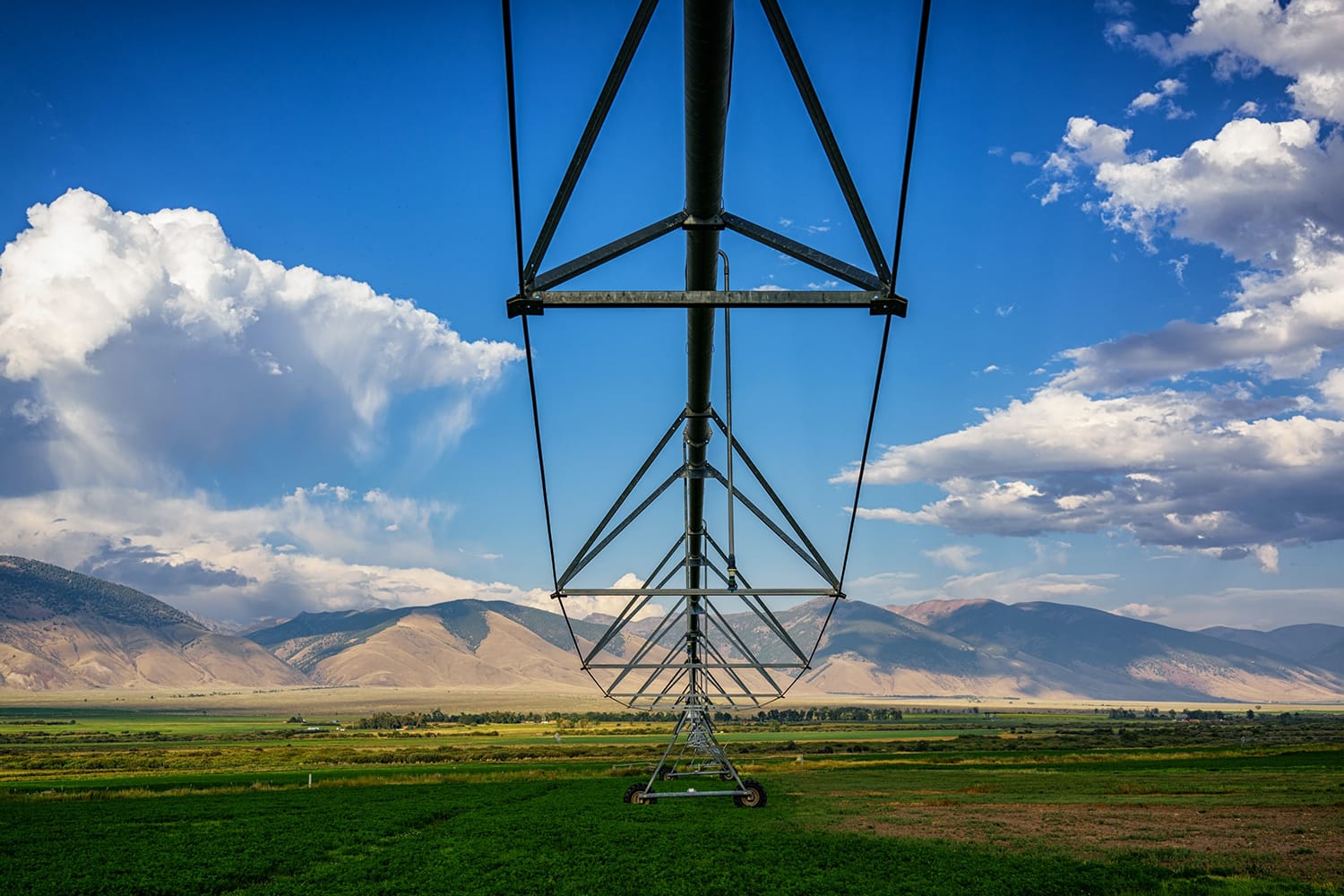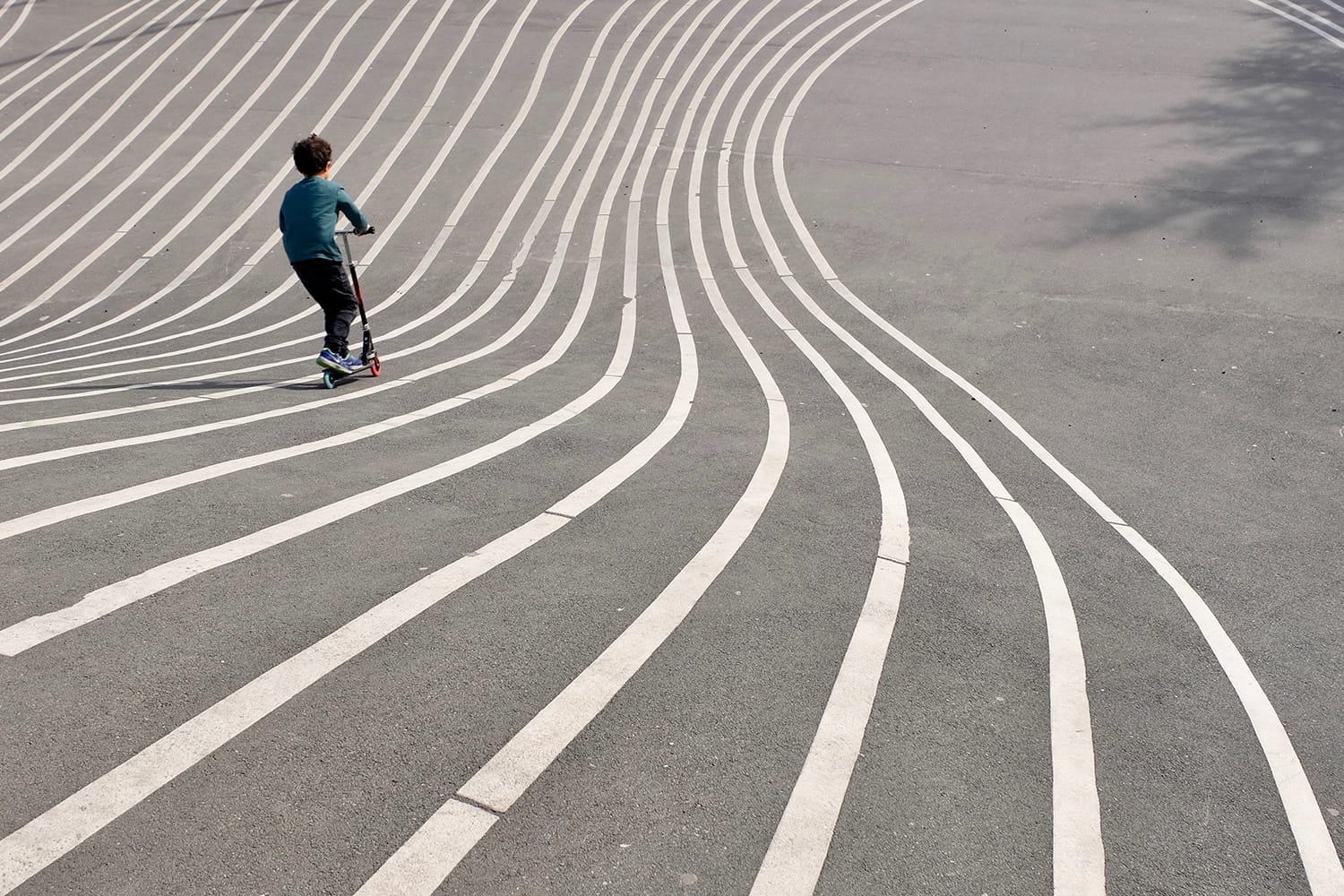How to Use Converging Lines for Exceptional Compositions
Improving your composition is something you can always work on regardless of your skill level or available equipment.
You don’t need any fancy gear or access to high-end photo editing software – even your phone camera will work.
Plus, paying particular attention to the principles of composition will help you to advance your photography skills quickly, making it an important endeavor.
Here, we’ll be focusing on one aspect of composition called “converging lines”.

What Are Converging Lines?
Consider two straight lines. These lines might be parallel, meaning that they are the same distance apart and remain that same distance apart into infinity, or they might be converging.
Converging lines do not continue at the same angle, meaning that they will eventually run into one another and cross.
In a photograph, these lines don’t have to cross for them to be considered converging lines. Lines that are destined to cross at some point out of frame are still converging!
These converging lines in your compositions will rarely appear as actual lines, however. Instead, they will be things like railroad tracks, fences, the hard edges of buildings in architecture photography, streets and roads, and a myriad of other naturally occurring lines.

When (and How) to Use Converging Lines in Your Photos
If this isn’t your first time around the block, you may know that the topic of converging lines in photography is a hotly debated one. Some say that converging lines shouldn’t be used at the risk of appearing cliché or tacky. In contrast, others say that mastering the compositional concept of converging lines is one of the most important principles of composition.
The truth about converging lines is somewhere in the middle—converging lines can be used creatively, strategically, and beautifully to elevate photographs and allow the photographer to send a message to her audience.
It all comes down to using converging lines and using them well. Let’s talk about how!

1. Add a sense of depth to your photos
Anything we can do to make a two-dimensional photograph have the appearance of popping into a three-dimensional image will significantly elevate our photography.
When we begin to plan a composition, we want to draw readers in and immerse them in the photograph we’ve taken. Converging lines can help us do that. Because converging lines grow closer and closer together as they progress, they can create an illusion of being “pulled in.”
When combined with a wide-angle lens, an increased depth of field, and an exaggerated viewpoint (such as shooting while lying on the ground, for instance), converging lines can become powerful tools for adding dimension to your shots.

2. Focus the viewer’s attention…
… exactly where you want it by using converging lines as framing for the main subject of your photograph.
Remember, it’s okay if the converging lines themselves aren’t the primary focus of your composition. In many cases, they shouldn’t be! Instead, allow them to become supporting actors which elevate the true focus of your shot. You can use these lines to guide a viewer’s eyes to the subject (leading lines), or you can place the subject between the lines.
This framing technique is another powerful element of composition that, when combined with converging lines, can lead to some truly outstanding results.

3. Don’t settle for shooting at a single angle
Converging lines will appear differently and have a unique type of impact depending on the angle they’re shot at, so don’t take just a single photo and be content with the outcome!
Instead, be critical about the angles and viewpoints you use to shoot converging lines and don’t be afraid to experiment to find what’s best.

4. Avoid shooting converging lines just for the sake of adding them to your composition
When we begin adding elements like converging lines to our photos simply because we’ve heard the term “converging lines” in the past, we fill our composition with empty concepts based only on buzzwords.
Instead, we want our compositions to be intentional. Before you press the shutter, ask yourself, “why.”
In the case of converging lines, you may ask yourself:
- If you want the lines to converge in your shot.
- Where the lines should converge to best express your vision.
- What purpose the converging lines serve in your composition.

5. Consider the point of convergence
Whether or not your converging lines meet within your photograph, you mustn’t include converging lines in your composition without giving thought to the point of eventual convergence and its impact. First, ask yourself if you want the lines to converge at all. Letting the lines converge out of frame may add a desired sense of imbalance to your photo.
On the other hand, you might consider placing a point of interest at the spot of convergence. A popular example, for instance, is shooting railroad tracks with a train in the distance, sitting right where the tracks appear to converge.
Before you head off to practice shooting converging lines for yourself, we want to leave you with one more thought. Don’t treat these suggestions as strict rules.
When you become too hung up on rules, you risk losing your creative flow and your instinct to photograph what strikes you. Remain conscientious, but have fun. It’s a balance you’ll learn to strike with practice.
